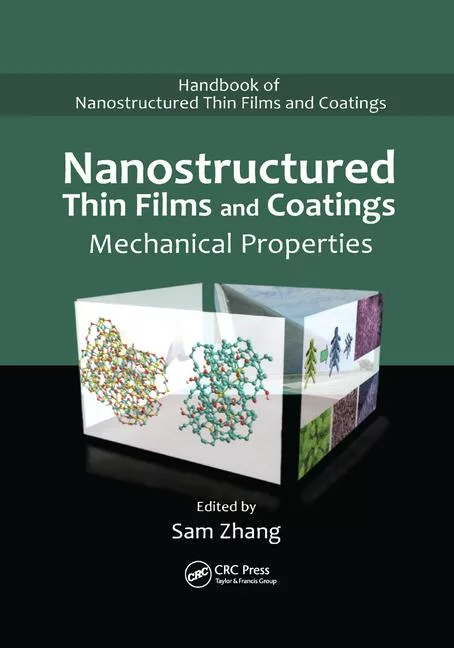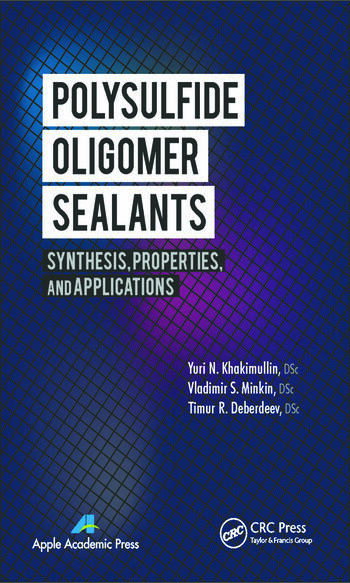Nano Silica - Amorphous Silicon Dioxide

Corning manufactures the amorphous silicon dioxide (ASD) as a coating for their fiber. We discussed producing more of the material if we could identify commercial applications. Our focus at that time was on thermoplastics. Since then, we have confirmed the scientific principles that underlie the contributions made by the ASD and think that many of these principles should apply to coatings.
Essentially, at low loading in thermoplastics, the ASD acts as a nucleating agent. Nucleating agents increase the temperature at which polypropylene (for example) begins to crystallize. This decrease in the cooling time required for part solidification improves the "cycle time" of a molding or extrusion and increases productivity.
Equally as important, the ASD at low loading (0.4%) also improved mechanical and physical properties including scratch and mar resistance, dimensional stability, stiffness, reduced shrinkage, flow lines, impact resistance, pigment dispersion, and the chroma appearance of the finished part.
The ASD is unique in that the particles (20 to 500 nanometers - D50: 250 nanometers) are discrete and not agglomerated. In thermoplastic use the ASD reduces viscosity, improving melt flow, which should be applicable to coatings. Fumed silica is made up of aggregated nano particles that are used as thickening agents with a high BET surface area of 200 m2/g, while the ASD, being made up of discrete particles, has a BET surface area of 20-30 m2/g. We are using the term ‘colloidal' in referring to the silica powder to indicate that the particles are not agglomerated.
Amorphous silicon dioxide is a bright white (refractive index 1.46) powder with a very low moisture content of 0.3% maximum. It is amorphous and not crystalline, non-porous, free flowing but not like fumed silica (specific gravity 2.1 g/cc, bulk density 15.5 LBS/CFT), in that it is not "fly away" and is very easy to incorporate.
The ASD is produced through high-temperature hydrolysis in a hydrogen oxygen flame. The individual particles are largely spherical, and the material specifications are extremely consistent. We know that in UV-cured resins it is transparent, requires less loading, keeps in suspension and improves viscosity.
We are seeking coatings manufacturers to evaluate the ASD in numerous applications, such as a surface modifier to improve abrasion resistance, or in other applications such as: accelerating agent, adhesion promoter, anti settling agent, barrier coat, curing agent to improve brushability, foam-control agent, crosslinking agent, flow modifier, pigment extender, or deflocculating additive.
Energy Strategy Associates, Inc., is the manufacturer of the Starlight™ series of effect pigments (silver metal-coated glass flakes and microspheres) distributed by the Shepherd Color Company. ESA also manufactures silver metal-coated silicon carbide powder, low-density ferrite, and short ceramic fibers. These products are used in EMI shielding and microwave absorption applications. Our products are generally grouped as low-density conductive fillers and effect pigments, and can be used in elastomers, coatings, adhesives and plastics. ESA's manufacturing is located in North Carolina. ESA is the exclusive distributor of ASD. For further information, call 518/794.0082, or e-mail esarwoder@aol.com.
Looking for a reprint of this article?
From high-res PDFs to custom plaques, order your copy today!







